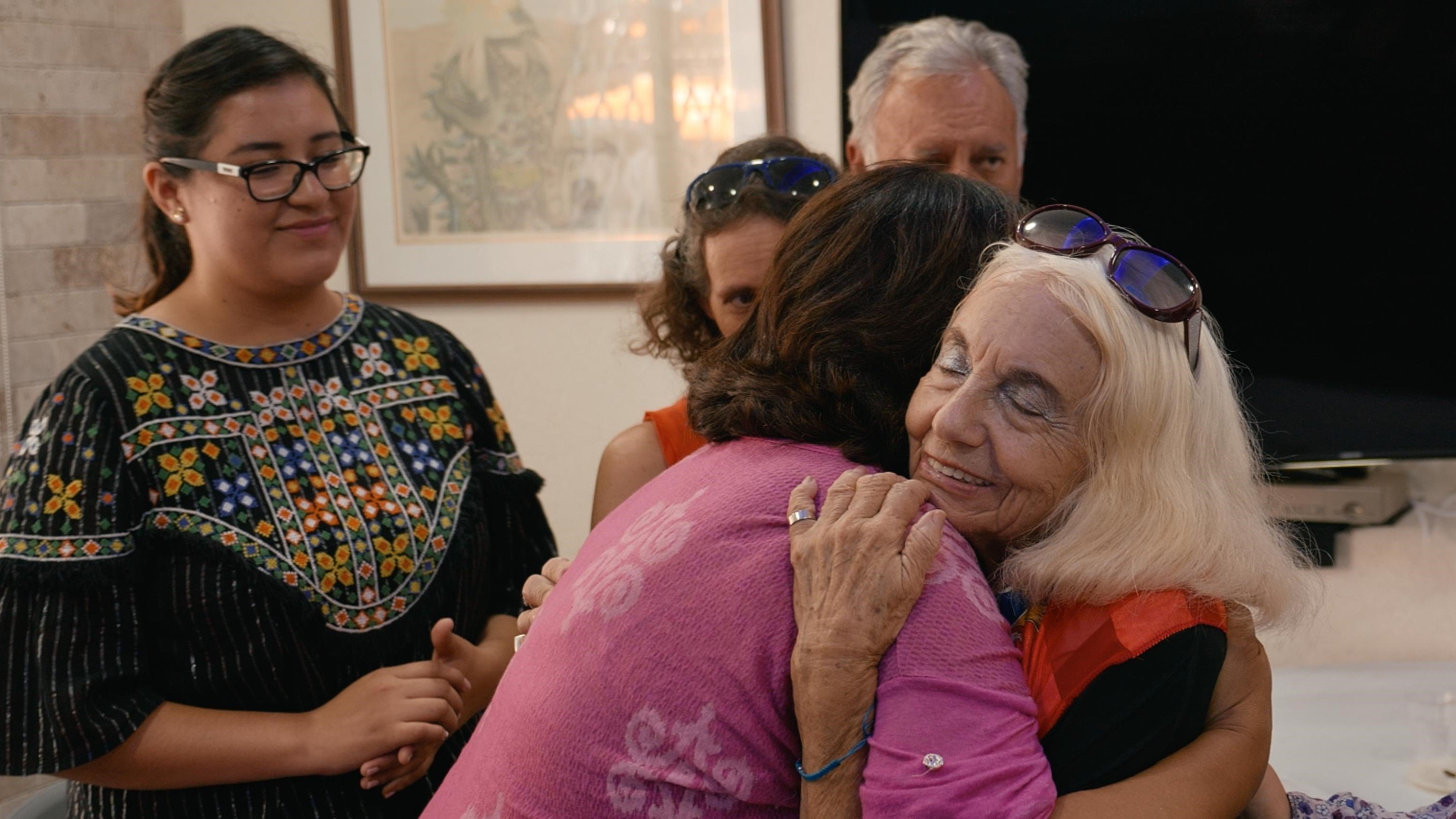

Documentary about an annual beauty contest held in Haifa, Israel, in which only women who survived the Holocaust - and are therefore between 77 and 95 years old - are allowed to take part.
No Trailers found.

Self

Young Rita

Young Rita

Rita's Mother

Rita's Father